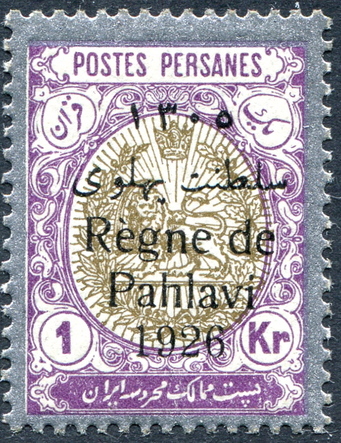why approvals?

Not since stamp fairs largely replaced the conventional stamp shop has there been such a dramatic change to the buying habits of the collector. It has had a big effect on prices and in many instances, this form of trading has shown Gibbon's evaluations to be out of step with the market. eBay has also opened up opportunities to buy and sell to the international market so that other respected catalogues such as Scott and Michel influence the price of stamps. We are therefore no longer locked in to Gibbon's valuations in quite the same way.
Against all predictions, it is interesting to see how the generation of stamp lovers typically aged sixty and over have readily adapted to the new computer technology. They revel in their ability to accommodate modern changes and enjoy the excitement of chasing stamps on auction.
Like all innovations, there are inevitably caveats. Descriptions are not always accurate and where photos are displayed, condition cannot always be seen. Small surface tears, re-gumming, shade variations and incorrect watermarks are not uncommon.
Unlike approvals, whereby the buyer will purchase a number of stamps for the return postage cost of a second class stamp, eBay allows sellers to charge a premium for the procurement of a single stamp. The popular innovation of 'Buy It Now' can provide lucrative deals but more often than not, this mode of selling is conducted by dealers and as a consequence, the opportunity to buy cheaply is lessened. Also, hours of sitting at a computer for our everyday necessities can become wearisome and often frustrating.
With approvals, the thrill of the regular purchase through the letterbox remains the same. There is no pressure to make instant decisions and inspection of the stamps is a pleasure. We endeavour to communicate with our customers by phone, letter or email and form friendly relationships which usually last for years. It is a distinct and special way of life that brings people together.
Against all predictions, it is interesting to see how the generation of stamp lovers typically aged sixty and over have readily adapted to the new computer technology. They revel in their ability to accommodate modern changes and enjoy the excitement of chasing stamps on auction.
Like all innovations, there are inevitably caveats. Descriptions are not always accurate and where photos are displayed, condition cannot always be seen. Small surface tears, re-gumming, shade variations and incorrect watermarks are not uncommon.
Unlike approvals, whereby the buyer will purchase a number of stamps for the return postage cost of a second class stamp, eBay allows sellers to charge a premium for the procurement of a single stamp. The popular innovation of 'Buy It Now' can provide lucrative deals but more often than not, this mode of selling is conducted by dealers and as a consequence, the opportunity to buy cheaply is lessened. Also, hours of sitting at a computer for our everyday necessities can become wearisome and often frustrating.
With approvals, the thrill of the regular purchase through the letterbox remains the same. There is no pressure to make instant decisions and inspection of the stamps is a pleasure. We endeavour to communicate with our customers by phone, letter or email and form friendly relationships which usually last for years. It is a distinct and special way of life that brings people together.
|
Despite the advent of stamp shops, fairs, price lists, auctions and eBay, stamps sent by post continue to be a popular way of collecting. The majority of collectors will use a mix of these five avenues.
Let's take a look at auctions. Auctions are an undoubtedly good way to collect, whether it be by post or actually attending an auction. Attendance is exciting and collectors can be assured that most auctioneers provide accurate estimates and act honourably in protecting blind postal bids. Auctions are a good way to start a new country or to obtain singles of more valuable stamps. However, collectors should be aware of the economic pitfalls in acquiring two or more collections of a single country, as at some point they will find that there are more stamps going back into auction than entering their collection. |
Inevitably the better stamps are being removed, leaving lesser collections to auction with poorer coverage. These are unlikely to be of interest to dealers or other collectors. The disposal value will be low, with the vendor being charged ten percent commission.. The auctioneer is always the winner, especially at the more prestigious auctions where combined buying and selling commission can be between 20% to 30%.
In 35 years of trading, many a time we have come across collectors who have been seduced into believing that, by avoiding the retail sector and buying at auction, they are always obtaining cut-price stamps. If they were to compare the thousands of pounds spent on collections with buying singles to fill the elusive gaps, they would realise the false economy of spending that hard earned money at auctions. The term Caveat Emptor - 'buyer beware' - fashioned by economists in the 18th century, still holds good today.
In 35 years of trading, many a time we have come across collectors who have been seduced into believing that, by avoiding the retail sector and buying at auction, they are always obtaining cut-price stamps. If they were to compare the thousands of pounds spent on collections with buying singles to fill the elusive gaps, they would realise the false economy of spending that hard earned money at auctions. The term Caveat Emptor - 'buyer beware' - fashioned by economists in the 18th century, still holds good today.

